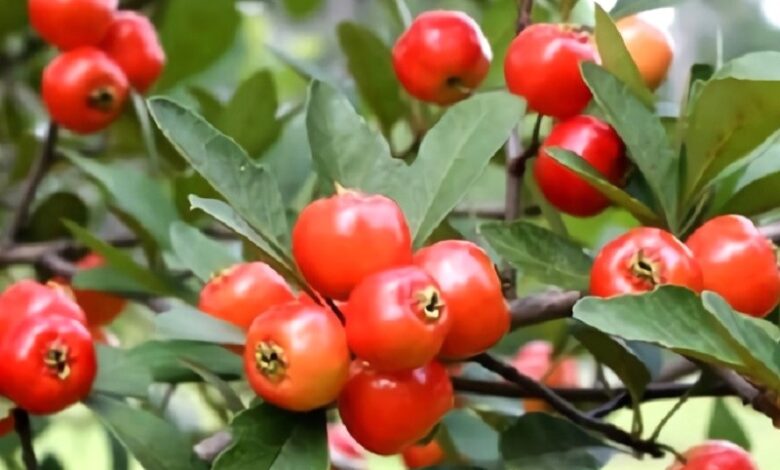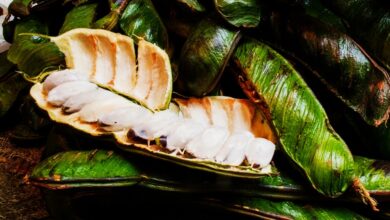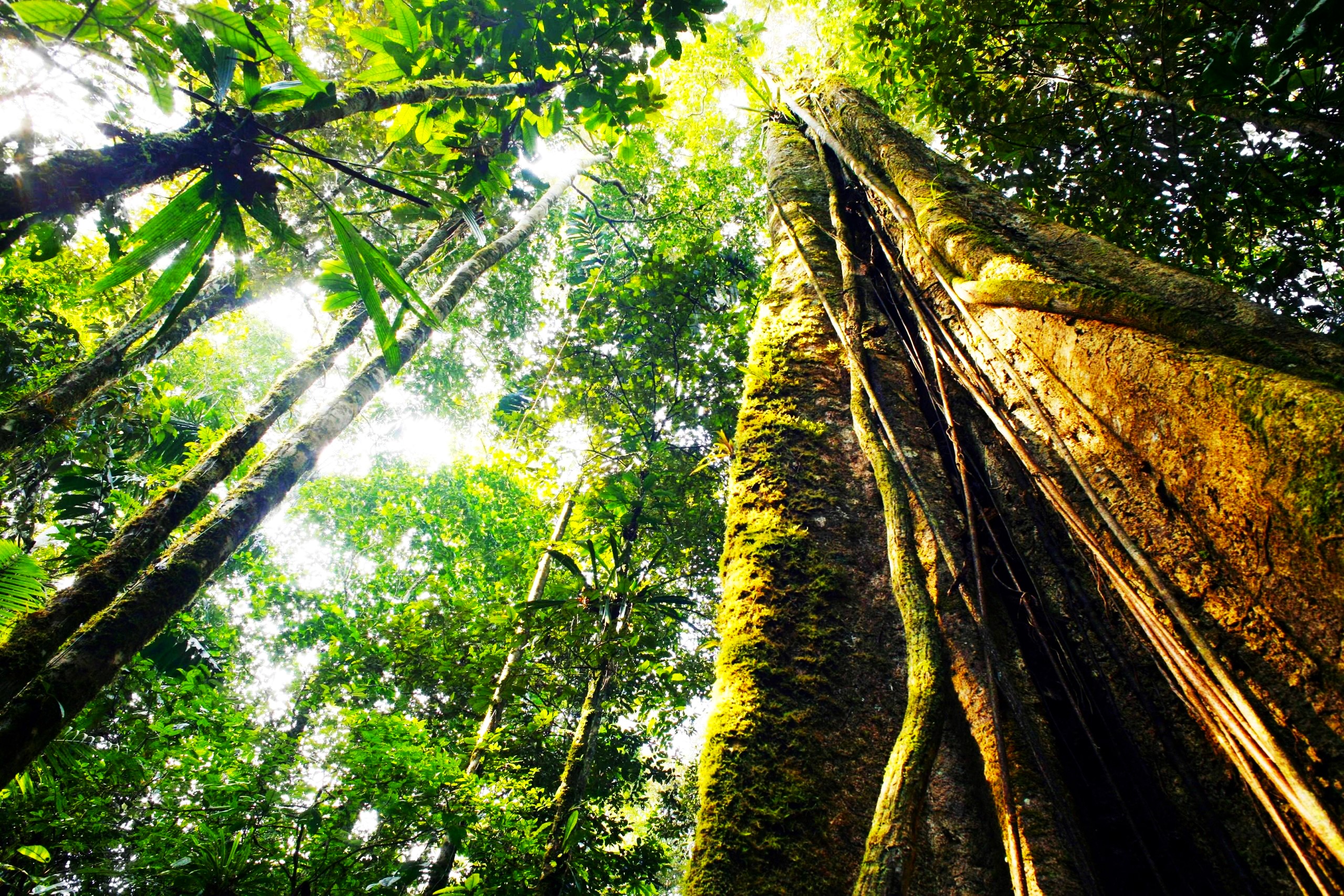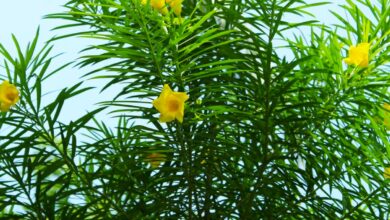
Mayhaw fruit trees are lovely, midsize trees with amazing springtime blooms. They are related to apple and pear trees. Native to the lowland, marshy regions of the southern United States, mayhaw trees grow wild as far west as Texas. Though they tend to be a little too tart to eat raw, small, round mayhaw fruits—which resemble tiny crabapples—are prized for making delectable jams, jellies, syrup, and wine. Discover some of the most well-liked varieties of mayhaw fruit trees by reading on.
Selection of Mayhaw Trees
Mayhaw trees are typically found in USDA plant hardiness zones 8 through 10. Think about choosing mayhaw varieties with low winter chill requirements if you live in a warm climate. Look for resilient mayhaw varieties that can withstand lower temperatures if you live in a more northern climate.
Tree Varieties of Mayhaw
The two primary varieties of mayhaw are the eastern mayhaw (Crataegus aestivalis) and the western mayhaw (Crataegus opaca), both of which are hawthorn species. Several cultivars are included in these varieties. These are a few of the more well-known ones: T.O. Superberry: Fruit ripens in April, blooms in late winter. Big, pinkish-colored fruit with a deep red color. Mason’s Superberry, also called Texas Superberry, is a well-liked mayhaw fruit tree that bears large, deep red fruits with pink flesh. It is among the first varieties of mayhaw trees to bloom. Superspur: Produces fruit that can be harvested in late April or early May, and blooms in late winter or early spring. Yellow flesh and reddish-yellow skin make up a large fruit. Saline: Mayhaw fruit ripens in late April or early May; blooms in late winter or early spring. Fruit has pinkish-orange flesh and a reddish skin. It is big and firm. Big Red: This prolific producer has large red fruit with pink flesh that may not be ready for harvesting until early June. It blooms later than most. Crimson: Ripes in late April or early May, blooms in mid-March. The flesh of the large, bright red mayhaw fruit is pink. Turnage 57: Ripens in early to mid-May after blooming in March. The fruit is medium in size, with yellow flesh and a pale red skin.





